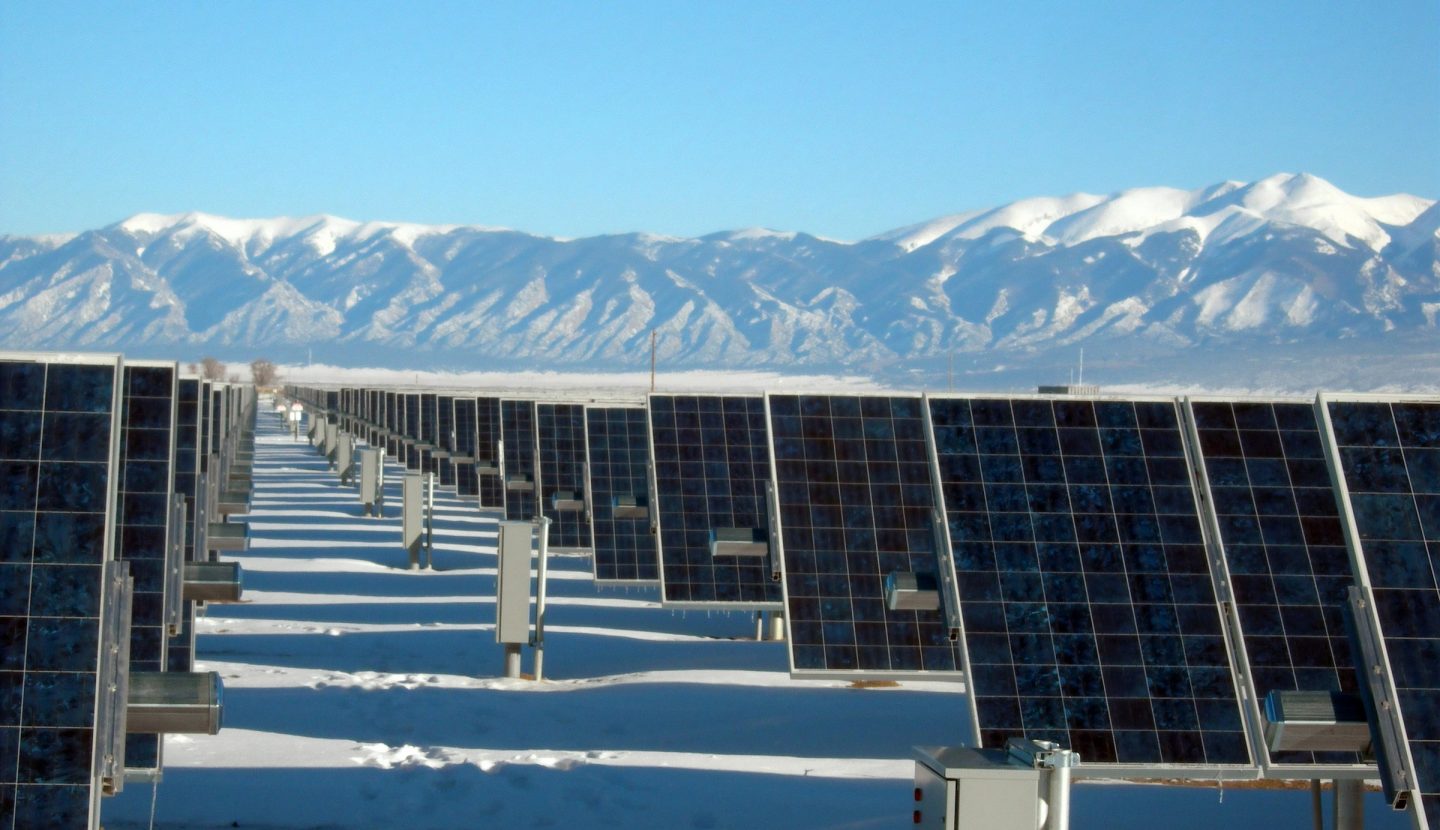Global investment in energy is set to rebound by nearly 10% in 2021 to USD 1.9 trillion, reversing most of last year’s drop caused the Covid-19 pandemic. However, spending on clean energy transitions needs to accelerate much more rapidly to meet climate goals, according to a new report from the International Energy Agency.
With energy investment returning to pre-crisis levels, its composition is continuing to shift towards electricity: 2021 is on course to be the sixth year in a row that investment in the power sector exceeds that in traditional oil and gas supply, according to the World Energy Investment 2021 report.
Global power sector investment is set to increase by around 5% in 2021 to more than USD 820 billion, its highest ever level, after staying flat in 2020. Renewables are dominating investment in new power generation capacity and are expected to account for 70% of the total this year. And that money now goes further than ever in financing clean electricity, with a dollar spent on solar PV deployment today resulting in four times more electricity than ten years ago, thanks to greatly improved technology and falling costs.
“The rebound in energy investment is a welcome sign, and I’m encouraged to see more of it flowing towards renewables,” said Fatih Birol, the IEA’s Executive Director. “But much greater resources have to be mobilised and directed to clean energy technologies to put the world on track to reach net-zero emissions by 2050. Based on our new Net Zero Roadmap, clean energy investment will need to triple by 2030.”
While renewables dominate new power investment, and approvals for coal-fired plants are some 80% below where they were five years ago, coal is not out of the picture. There was even a slight increase in go-aheads for coal-fired plants in 2020, driven by China and some other Asian economies.
Upstream oil and gas investment is expected to rise by about 10% in 2021 as companies recover financially from the shock of 2020, but their spending remains well below pre-crisis levels. The new report highlights the diverging strategies among different oil and gas companies. The majors are holding oil and gas spending flat on aggregate in 2021, despite recovering prices. Meanwhile, some national oil companies are stepping up investment, raising the possibility of increased market share if demand continues to grow. Qatar’s decision to move ahead with the world’s largest liquefied natural gas (LNG) expansion, and to include carbon capture technologies in this investment, is a strong signal of its intent to maintain a leadership position in LNG.
There are signs in the latest data that spending by some global oil and gas companies is starting to diversify. IEA analysis last year highlighted that only around 1% of capital spending by the industry was going to clean energy investments. But project tracking to date in 2021 suggests that this could rise to 4% this year for the industry as a whole, and well above 10% for some of the leading European companies.
The influence of recovery packages and new climate policy measures comes through in expectations of rising expenditure in 2021 on renewable power, electricity grids, energy efficiency – notably in the buildings sector in Europe – and emerging technologies such as carbon capture, utilisation and storage and low-carbon hydrogen. The United States may provide further momentum if the infrastructure plan proposed by the administration of President Joe Biden is enacted.
Financial markets are also providing encouraging signs for clean energy investment. Sustainable debt issuance reached a record level in 2020, and renewable power companies have outperformed fossil fuel companies on international equity markets. But even though spending on clean energy is set to rise in 2021 by around 7%, the report notes that growth in these capital expenditures has lagged changes in financial markets, in part due to a shortage of high-quality clean energy investment opportunities and appropriate channels for allocating capital into projects.
The anticipated USD 750 billion to be spent on clean energy technologies and efficiency in 2021 is encouraging but remains far below what’s required to put the energy system on a sustainable path. Clean energy investment would need to triple in the 2020s to put the world on track to reach net-zero emissions by 2050, thereby keeping the door open for a 1.5 °C stabilisation of the rise in global temperatures.
“As set out in detail in our recent Roadmap to Net Zero by 2050, governments need to go beyond making pledges to cut emissions and take concrete steps to accelerate investments in market-ready clean energy solutions and promote innovation in early-stage technologies,” said Dr Birol. “Clear policy signals from governments would reduce the uncertainties associated with clean energy investments and provide investors with the long-term visibility they need. Our Roadmap shows there are huge opportunities for companies, investors, workers and entire economies on the path to net zero. Governments have the power to unlock these broad-based benefits.”
The gap between today’s investment trends and the needs of climate-driven scenarios is particularly large in emerging market and developing economies. This is emerging as a critical fault line in clean energy transitions in advance of the crucial COP26 meeting in Glasgow later this year, and will be the subject of a major new report from IEA on Financing Clean Energy Transitions in Emerging Market and Developing Economies, to be released on 9 June.





